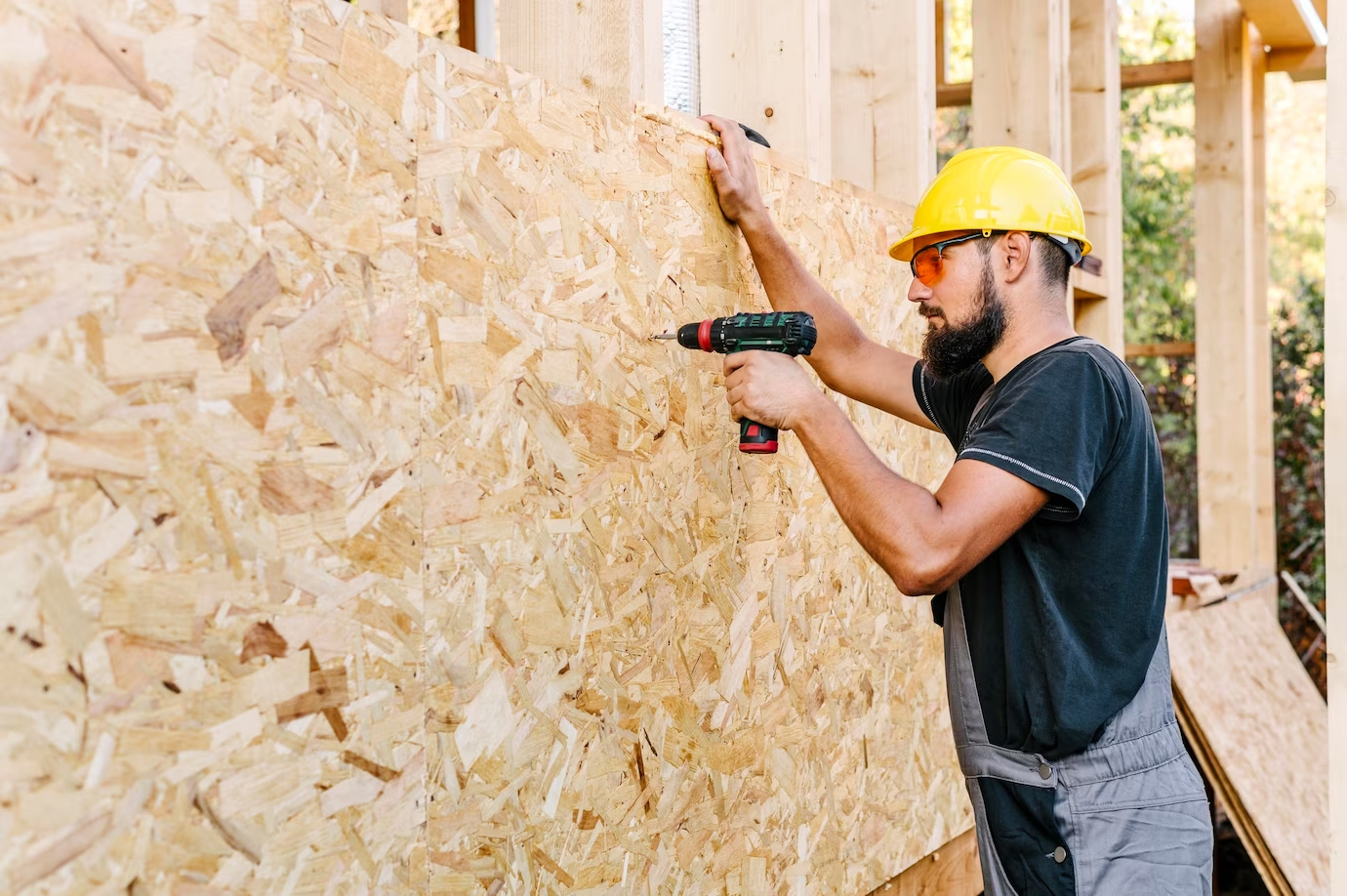
As a landlord in London, you understand how important it is to keep your properties well-insulated, especially during the winter months. Poor insulation not only leads to higher energy bills but can also lead to issues such as damp and mold, which can be harmful to your tenants' health. In this article, we will provide you with some tips on how to insulate your properties effectively.
Why Insulate Your Properties?
Before we dive into the tips, it's essential to understand why insulation is crucial in properties. Insulation helps to reduce heat loss through the walls, ceilings, and floors, which can save energy and reduce energy bills. It can also help to prevent damp and mold, which can cause health issues for your tenants.
Types of Insulation
There are different types of insulation materials you can use to insulate your properties. These include:
- Fiberglass Insulation
Fiberglass insulation is made of glass fibers and is available in batts or blown-in form. It's an affordable option and can be used to insulate walls, attics, and floors.
- Cellulose Insulation
Cellulose insulation is made of recycled paper and is treated with chemicals to make it fire-resistant. It's a good option for insulating walls and attics.
- Spray Foam Insulation
Spray foam insulation is made of polyurethane and is applied as a liquid that expands and hardens. It's a good option for insulating hard-to-reach areas such as crawl spaces and attics.
- Radiant Barrier Insulation
Radiant barrier insulation is made of a reflective material that reflects heat instead of absorbing it. It's a good option for attics and roofs.
Tips for Insulating Your Properties
Now that we've covered the types of insulation available let's dive into some tips on how to insulate your properties effectively.
- Conduct an Energy Audit
Before you start insulating your property, it's a good idea to conduct an energy audit. An energy audit will help you identify the areas where heat is escaping, and you can prioritize which areas to insulate first.
- Insulate the Attic
Insulating the attic is one of the most effective ways to reduce heat loss. It's important to ensure that the insulation is installed correctly to prevent air leaks.
- Insulate the Walls
Insulating the walls can also help to reduce heat loss. If you have cavity walls, you can inject insulation into the cavity. If you have solid walls, you can use internal or external insulation.
- Insulate the Floors
Insulating the floors can also help to reduce heat loss. You can use insulation boards or rolls to insulate the floors.
- Seal Air Leaks
Air leaks can significantly impact the effectiveness of insulation. It's essential to seal any air leaks in the property, including around doors, windows, and electrical outlets.
- Install Double Glazed Windows
Installing double-glazed windows can also help to reduce heat loss. Double-glazed windows have two panes of glass with a gap in between, which helps to reduce heat transfer.
- Use Draught Excluders
Draught excluders can be used around doors and windows to prevent cold air from entering the property.
- Consider Renewable Energy Sources
Consider using renewable energy sources such as solar panels or heat pumps to reduce your energy bills and carbon footprint.










